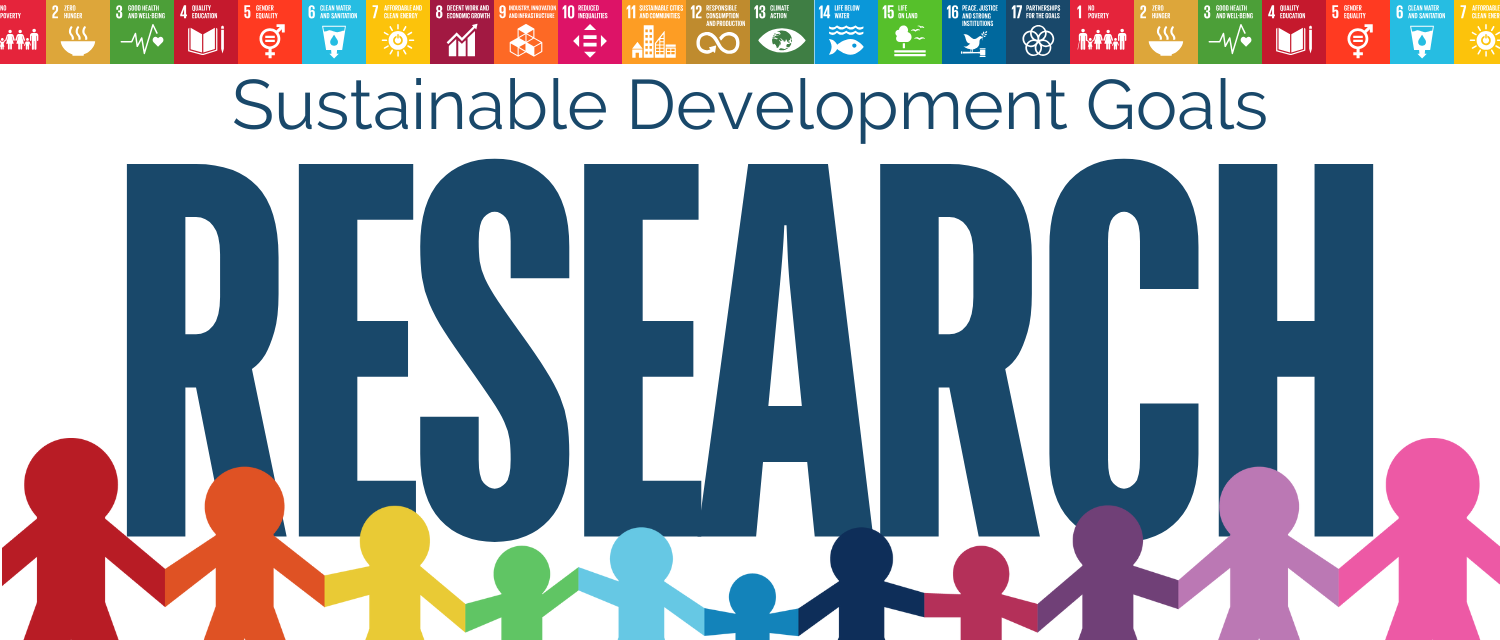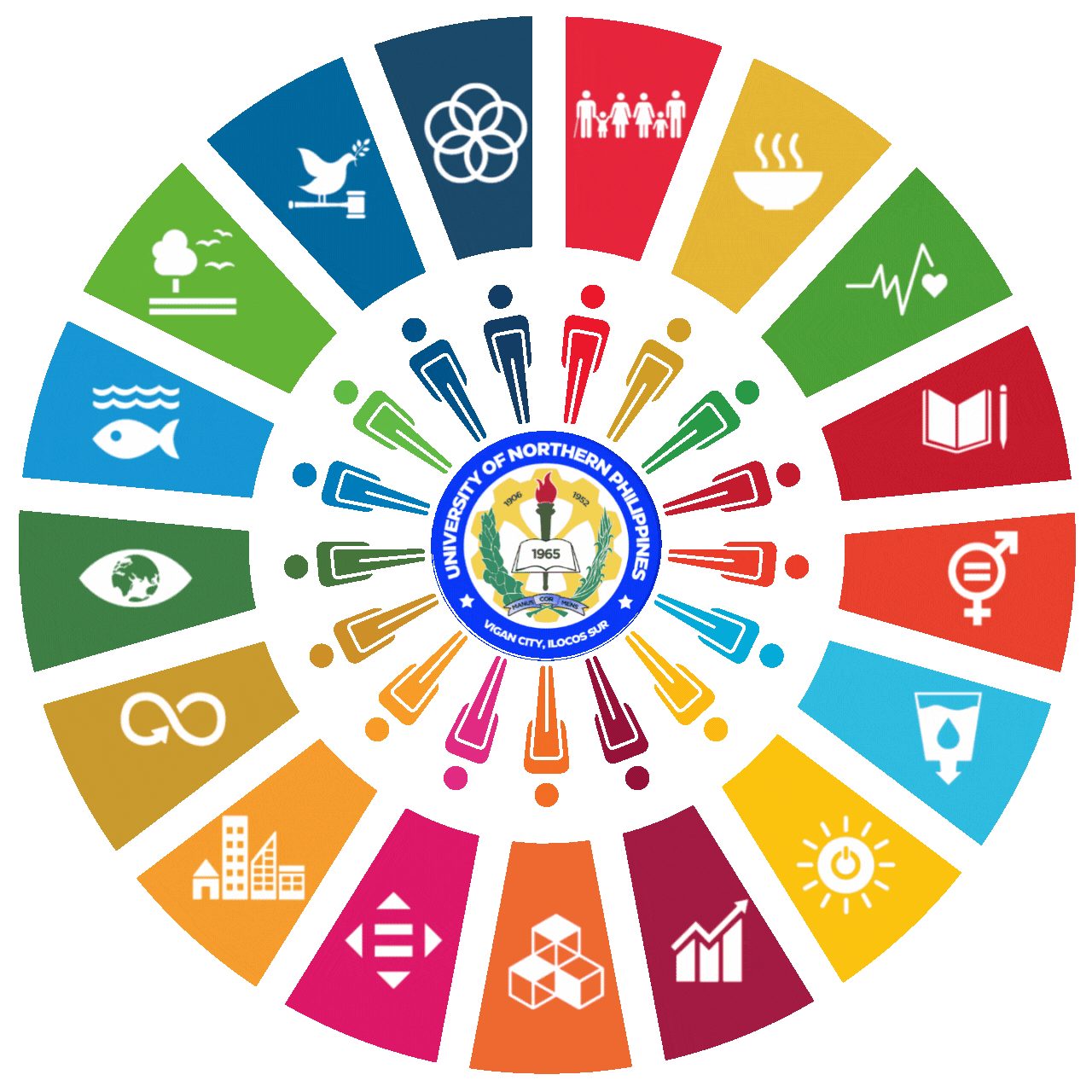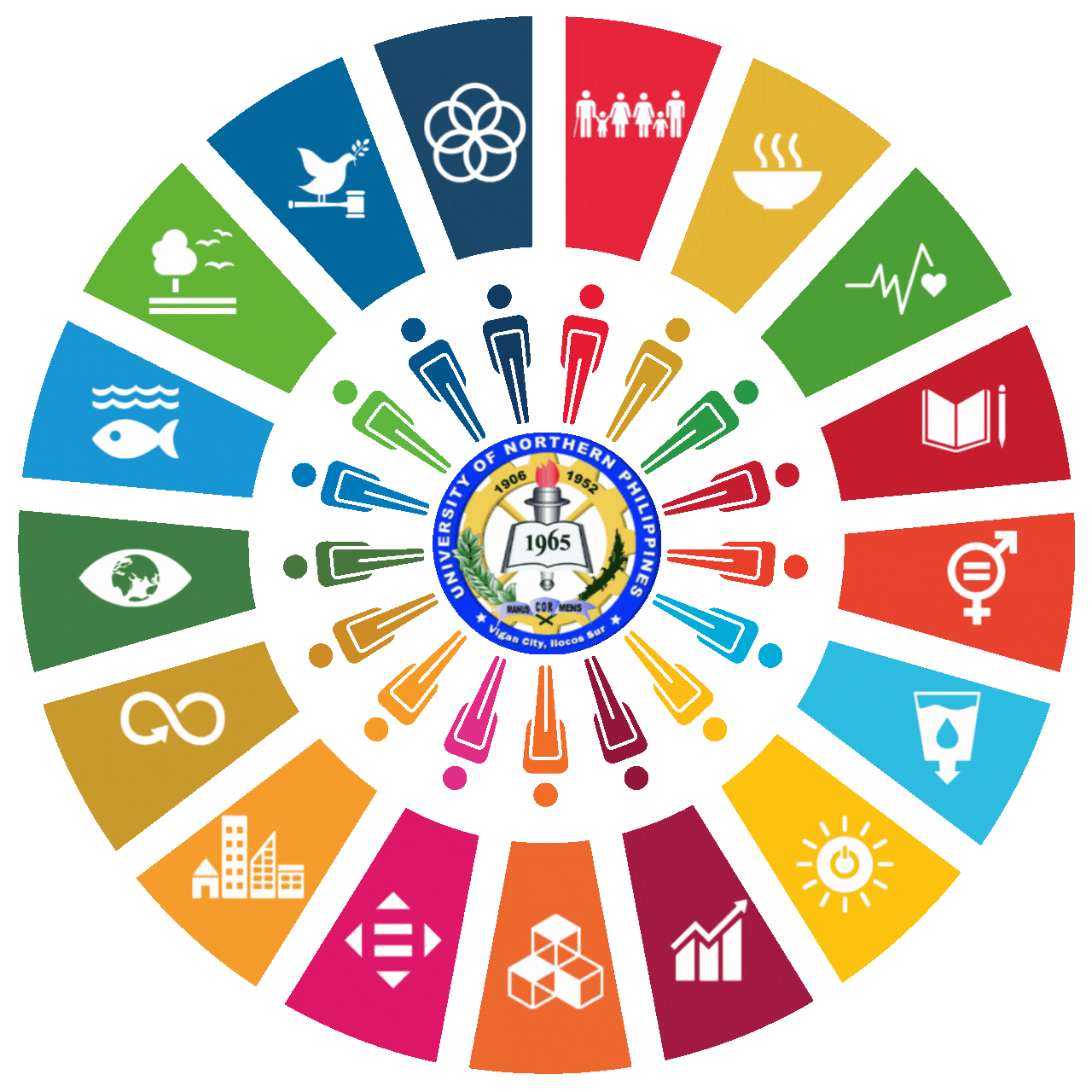

SDG 14 - LIFE BELOW WATER
The University of Northern Philippines (UNP) is committed to advancing Sustainable Development Goal 14: Life Below Water, by promoting the conservation, and sustainable use of marine resources in the Ilocos Sur region. This commitment is vital given the province’s rich coastal ecosystem, which includes mangroves, seagrasses, seaweeds, and coral reefs. These ecosystems are integral to the Ilocano lifestyle, providing food security and supporting local economies through fishing, and tourism.
FISDA: Smart IoT-Based Fish Far ming Monitoring System
Proponents: Mark Anthony R. Divina, Via Angeline P. Misanes, Jayvee D. Aguinaldo, Noel S. Rafanan
Abstract
FISDA: Smart IoT-Based Fish Farming Monitoring System is a system for the proper monitoring of water quality and feeding factors of fish. The function of the system is to remotely monitor the fish and display the status of water quality, including the water level, total dissolved solids, temperature, humidity, and automatic feed bin level. The overall purpose of the system is to bring comfort to every fish farmer by providing daily insight into fish farm monitoring. In developing the system, researchers used the Rapid Application Development model. As part of the requirements planning stage, information is gathered on what the model should include and how it should function. After gathering design information, the researcher created the model utilizing the hardware and software technologies while considering the user design suggestions. The intended users would then regularly review and apply the model to make sure that the modules were operating as planned. The researchers used a review of related studies, document analysis, and surveys to gather data. The level of usability of FISDA: Smart IoT-Based Fish Farming Monitoring System is determined using an ISO25010 software quality standard tool along with six criteria, namely performance efficiency, scalability, maintainability, security, portability, and usability. According to the findings of the study, the automated system, which earned fish farmers a grand mean of 4.51 is very highly recommended. Automatic fish farming monitoring has been proven to be extremely valuable, efficient, and convenient for fish farmers.
Keywords: IoT device, fish farming, total dissolved solids, load cell weight, temperature, humidity
Assessment of the Diversity of Macrofauna of Govantes River in Vigan City, Ilocos Sur
Proponent: Charo B. Rojas
Abstract
Macrofauna play a key role in the functioning of riverine ecosystems. However, knowledge about the diversity and functional structure of freshwater macrofauna is limited. This study assessed the macrofauna of Govantes River in Vigan City, to identify the observed species using morphological evidences, and to investigate its abundance and composition, and species diversity. A total of 20 species of macrofauna were found and identified within the Fish Aggregating Device (FAD) in the different stations. These species belong to Ichthyo Fauna (13 species), Crustacea (6 species), and Gastropods (1 species). All the diversity indices H’, J’ and exp (H’) and Ho corresponding to diversity, evenness and
richness respectively, are all statistically the same. This result implies that all the sampling stations have the same diversity, evenness and richness, based on the observed number of individuals of the species found. The dominant species found was Karalla daura in Station 1.
Keywords: abundance, evenness, dominance, ichthyo fauna, crustacea, gastropods
Evaluation of Coral Reef Health Status of the Fish Sanctuary of San Esteban, Ilocos Sur
Proponents: Jericho A. Mendoza1, Ash Lee R. Verzosa2, Antonio N. Ayop3
Abstract
Studies on corals are lacking in Ilocos Sur’s marine protected areas (MPAs), hindering management effort development. This study evaluated the health status of coral reefs in the San Esteban Fish Sanctuary. Hard coral cover, hard coral diversity in terms of Taxonomic Amalgamation Units (TAUs), and coral reef health status in terms of live coral coverage, algae coverage, sand coverage, and coral mortality index were measured in two sampling stations inside an over-a-decade-old fish sanctuary that does not have previous data on its coral reef health status. The Underwater Photo Transect (UPT) method was employed to take image samples subjected to the Coral Point Count with Excel extensions (CPCe) software for analysis.
The study revealed that the coral reef in San Esteban Fish Sanctuary is in good condition with a hard coral cover of 30.0%, falls under Hard Coral Cover Category C, and a hard coral diversity of 16.8TAUs that falls under Diversity Category D. The fish sanctuary is also in a healthy condition based on excellent live coral coverage, algae coverage, sand coverage, and low coral mortality index. The two stations are more or less the same in terms of the aforementioned parameters. Overall, it is recommended to continuously strengthen the enforcement of the fish sanctuary to protect its coral reefs, measure other parameters that might impact and indicate coral reef health status, employ evaluations inside and outside MPAs in the province, and use high-resolution cameras during image sampling for more efficient analysis.
Keywords: Coral cover, coral reef diversity, coral health status, marine protected areas, Ilocos Sur


















